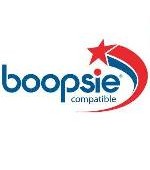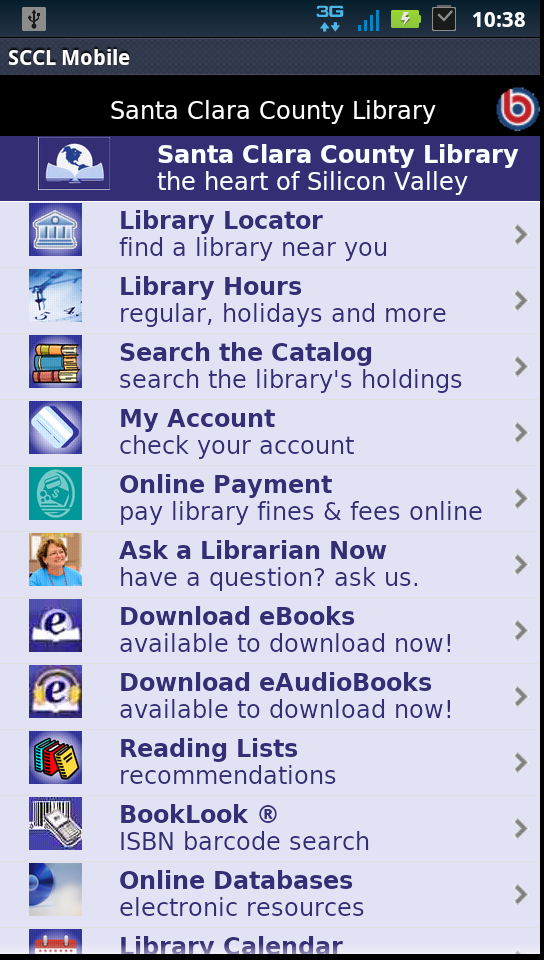Smartphone ownership is quickly becoming the norm. According to the Pew Research Center’s “Technology Device Ownership: 2015” survey, released last fall, almost 70 percent of U.S. adults now own a smartphone, up from 35 percent in 2011. And 45 percent now own a tablet, up from ten percent in 2011. The 2015 Allstate/National Journal Heartland […]
In Testing Stage, Boopsie Analytics Spots Shift from Apple to Android

Boopsie, the developer of custom mobile apps for libraries, is planning to launch Boopsie Analytics in early 2014. Currently in alpha testing stage, the new web-based platform will help the company’s customers analyze data about a number of different patron behaviors, such as how many queries are sent to a database or catalog from the app each day or each week, what services are being accessed most often via the app, or how many titles are being downloaded from OverDrive or other vendor partners using the app, for example.
Boopsie Apps Make Vendor Partners Accessible Via One-Click Access

Mobile app shop Boopsie has announced the Boopsie Star Program, which will help library vendors increase the visibility of their own mobile apps by making them available through library-branded Boopsie mobile portals. Boopsie apps already offer one-click access to vendors including Overdrive, Mango Languages, Tutor.com, Credo Reference, EBSCO, Gale/Cengage Learning, Recorded Books, and Library H3lp.
Boopsie Approaches Integration in Its Own Way; New Competitor Emerges at PLA | PLA 2012

The integration of ebook providers’ platforms with library ILSs was a big topic at the PLA conference in Philadelphia last week, with the 3M/Polaris integration leading the way. However, the Boopsie mobile app already accomplishes, in its own way, some of the goals of such an integration, particularly a simple and quick user experience without jumping interfaces.
Product Watch: A Look at Four Mobile Offerings
In this installment of Product Watch, LJ looks at a selection of four different mobile products and services, and how libraries will be making use of them now and in the future.
